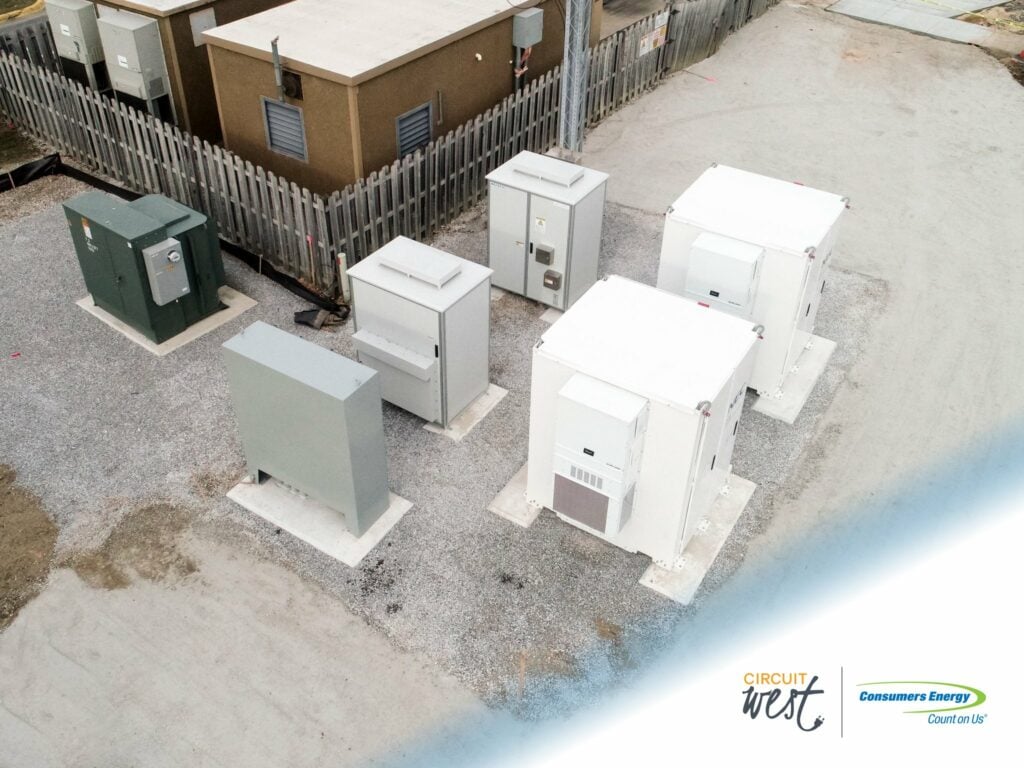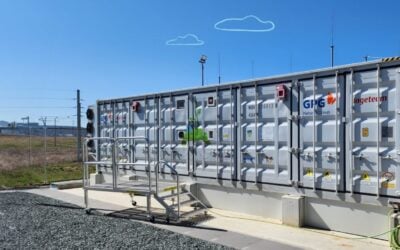
Electric utilities in Michigan are in agreement that energy storage offers multiple benefits to the customer and network, but uncertainty remains over how it can be introduced into market structures.
The Michigan Public Service Commission (MPSC), which regulates public utilities in the US state, held a recent hearing on how market rules should best be adapted to effectively integrate energy storage.
Enjoy 12 months of exclusive analysis
- Regular insight and analysis of the industry’s biggest developments
- In-depth interviews with the industry’s leading figures
- Annual digital subscription to the PV Tech Power journal
- Discounts on Solar Media’s portfolio of events, in-person and virtual
As with the country’s other regional transmission operator (RTO) and independent system operator (ISO) jurisdictions, the Midcontinent Independent System Operator (MISO) — which covers all or part of 15 US states including Michigan — has been instructed by the Federal Energy Regulatory Commission (FERC) to adopt FERC Order 841.
Through the Order, RTOs and ISOs must remove barriers to enable distributed and behind-the-meter energy storage to participate in wholesale markets. Order 841 has been described as a game changing, landmark regulatory change for the clean energy transition by FERC leaders and energy storage industry insiders alike.
It will allow energy storage at various scales to take part in ancillary services, capacity and energy markets. Batteries and other technologies could step in and help stabilise the electricity network and aid the integration of renewable energy while earning revenues, which would positively impact the business and investment case for them.
However progress on creating compliant new market rules has varied throughout the US, with ISO New England a prominent example of a grid and market operator that has moved quickly to accommodate. Others have taken longer and in some cases had their proposals rejected by FERC and told to rewrite them.
MISO had actually requested to delay the compliance process, arguing that it is currently implementing a new software platform which will help it to balance the grid as the growth of renewables makes that a more complex task. However in May this year, FERC refused that request.
MPSC issued an order of its own in April 2021, requesting comments on different topics including the benefits to the broader customer base of adding energy storage resources to Michigan’s electric supply portfolio and methodologies to calculate them. Also central to the discussion was the topic of dual participation: whether energy storage could be active in both retail and wholesale electricity markets.
Utilities ordered to test out use cases with pilot programmes
Commission staff gathered responses from utilities Consumers Energy Company and DTE Electric Company as well as a joint filing from trade groups representing Michigan energy innovation businesses and advanced energy management companies, as well as the national trade group Advanced Energy Economy. Commission staff offered its own input as well.
All parties involved recognised that there would be benefits in adding energy storage resources into the electric supply portfolio for Michigan: distribution systems upgrades could be deferred, greater usage of renewables could be enabled, the distribution system could become more flexible and costs to consumers could be lowered.
A wide range of different applications, from arbitrage of energy between cheaper off-peak and expensive peak times, to a multitude of grid services were referred to. However, on dual participation and related topics, the picture quickly became more complex. Basically, a consensus was reached that it will be difficult to closely keep track of resources that are active in both retail and wholesale markets while allowing energy storage assets to realise the full stack of values they can provide and monetise.
Regulatory rules governing wholesale electricity market are uncertain and it is not yet clear how the market’s requirements will develop. There will be costs associated with upgrading metering arrangements, there could be cross-subsidisation or rate avoidance through participating in the two different markets and it is likely to be a challenge to collect and share data adequate to delineate between transactions made in the retail and wholesale markets. For instance, Consumers Energy said that energy storage resources (ESRs) could charge with energy at wholesale rates but then deliver services and receive compensation at retail rates.
Consumers and fellow utility DTE Energy offered various suggestions, such as that utility companies could “serve as the interface between retail customers and the MISO market,” or dual participation could be prohibited altogether until rules and frameworks to govern it properly can be created.
The end result of the hearing was that MPSC decided that the only way to figure out the role of ESRs is for the utilities to create a series of pilot programmes to test out dual participation. The utilities have been ordered to come up with pilot programmes that would test out a variety of different use cases for storage, including storage as an alternative to distribution infrastructure spending (non-wires alternatives), quantifying the economic value of wholesale and retail market participation, what sort of compensation asset owners should receive and more. Pilots can be run by utilities or third-parties.






